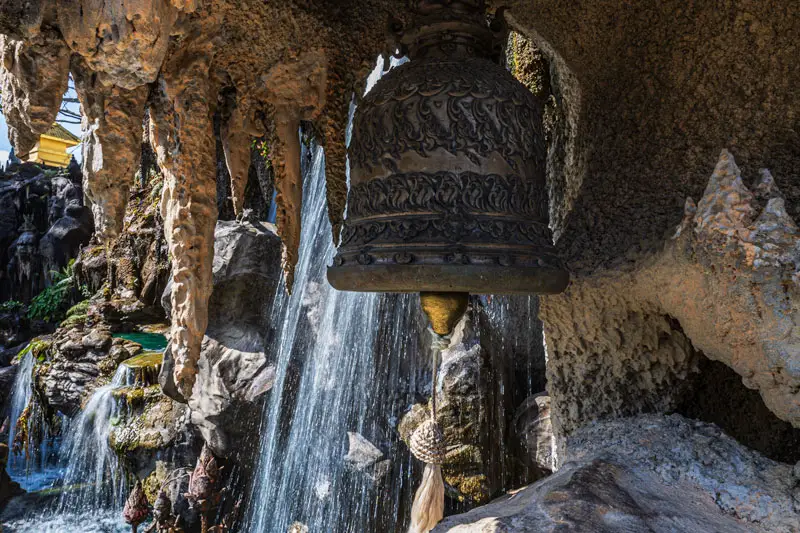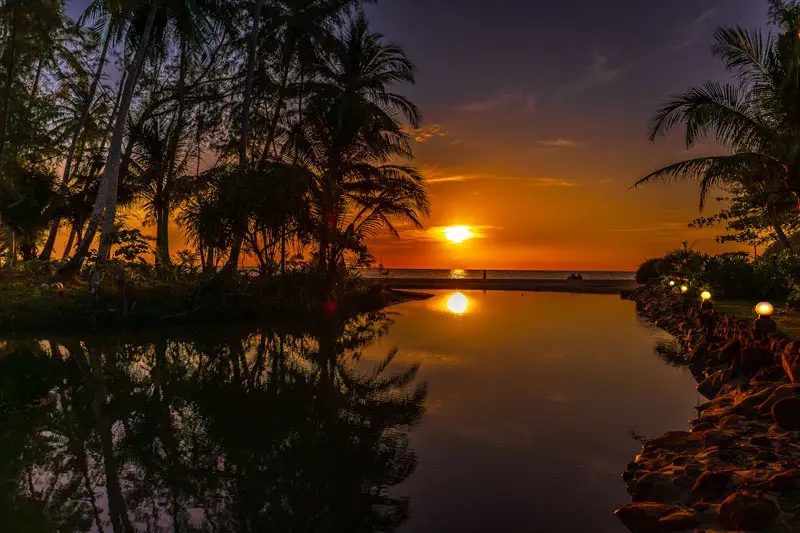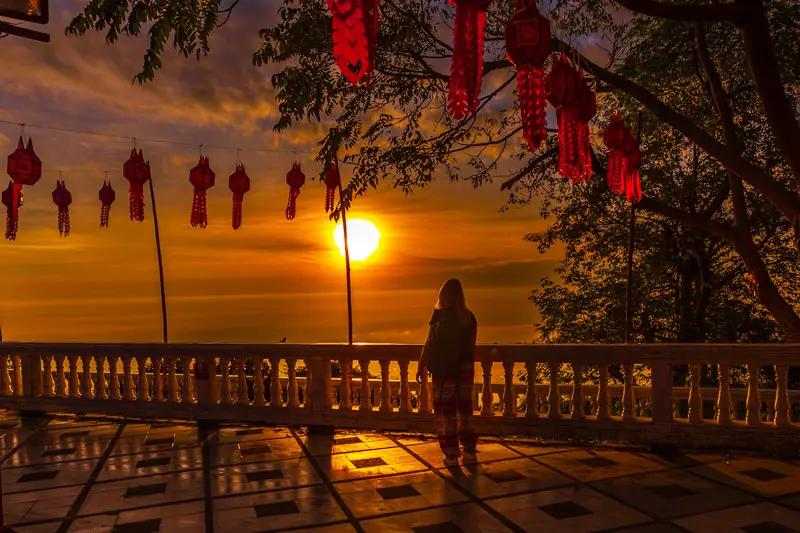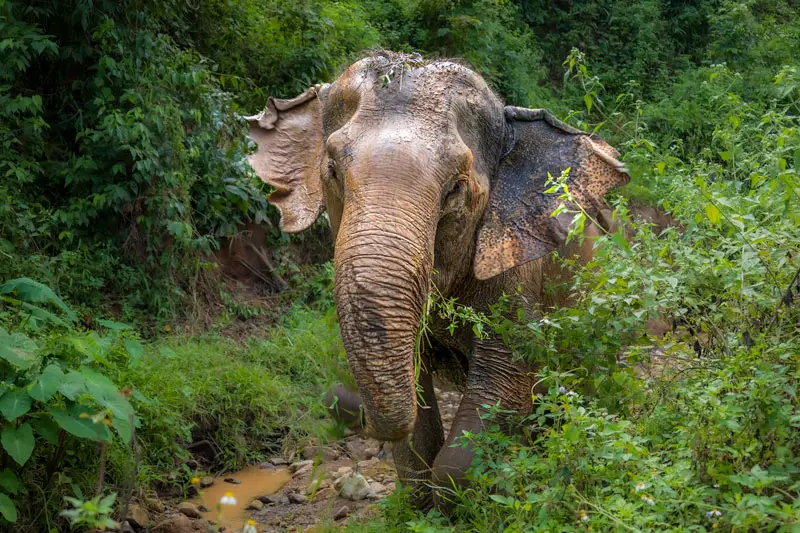Asia, the largest and most diverse continent on Earth, offers a wide range of climates that can significantly impact your travel experience. From the tropical rainforests of Southeast Asia to the arid deserts of West Asia, understanding the climate of each region is crucial for planning the perfect trip. In this guide, we’ll explore the different climates across Asia and highlight the best times to visit each coutries. Whether you’re seeking the vibrant cherry blossoms of Japan or the serene beaches of Thailand, knowing the ideal travel seasons will help you make the most of your journey. Let’s dive into the fascinating world of Asian climates and discover when to embark on your next adventure!

Overview of Asian Climates
Asia is a continent of immense geographical diversity, resulting in a wide range of climates. From the tropical rainforests of Southeast Asia to the frigid tundras of Siberia, the climate varies dramatically across the region. Here’s a brief overview of the primary climate zones in Asia:
Tropical Climate: Found in Southeast Asia, this climate is characterized by high temperatures and significant rainfall throughout the year. Countries like Thailand, Indonesia, and the Philippines experience this type of climate, with distinct wet and dry seasons.

Temperate Climate: East Asia, including countries like China, Japan, and Korea, experiences a temperate climate with four distinct seasons. Summers are warm and humid, while winters can be cold and dry. Spring and autumn are often considered the best times to visit due to mild and pleasant weather.
Arid and Semi-Arid Climate: Central and West Asia, including regions like the Middle East and parts of Central Asia, have arid and semi-arid climates. These areas experience hot summers and mild winters, with very little rainfall throughout the year.

Continental Climate: Found in parts of Central Asia and northern regions like Siberia, this climate is marked by extreme temperature variations between summer and winter. Summers can be hot, while winters are often bitterly cold.
Mountain Climate: The mountainous regions of Asia, such as the Himalayas, experience a unique climate that varies with altitude. Lower elevations may have temperate conditions, while higher elevations can be cold and snowy year-round.
Understanding these diverse climate zones is essential for planning your travels in Asia. Each region offers unique experiences and attractions, best enjoyed during specific times of the year. In the following sections, we’ll delve deeper into the climates of each region and provide recommendations on the best times to visit.
Discovering Thailand’s Diverse Climates: Best Times to Visit Each Region

Thailand’s climate varies significantly across its regions, making it a year-round destination with something to offer every traveler. The country experiences three main seasons: the cool season (November to February), the hot season (March to May), and the rainy season (June to October).
Different Climates in Thailand and the Best Time to Visit
Bangkok and Central Thailand: The best time to visit Bangkok and the central plains is during the cool season from November to February. The weather is pleasant with lower humidity and cooler temperatures, making it ideal for exploring the bustling city and nearby historical sites.
Northern Thailand: Cities like Chiang Mai and Chiang Rai are best visited from November to February when the weather is cool and dry. This period is perfect for trekking, visiting temples, and enjoying the region’s festivals. Avoid the smoky season in March and April when agricultural burning can affect air quality.

Southern Thailand (Andaman Coast): The Andaman Coast, including popular destinations like Phuket, Krabi, and the Phi Phi Islands, is best visited from November to April. This period offers sunny skies and calm seas, perfect for beach activities and island hopping. The monsoon season from May to October brings heavy rains and rough seas.
Southern Thailand (Gulf Coast): The Gulf Coast, home to Koh Samui, Koh Phangan, and Koh Tao, has its best weather from December to March. These months provide ideal conditions for diving, snorkeling, and beach relaxation. The rainy season here is shorter, typically from October to November.
Exploring Vietnam’s Varied Climates: Best Times to Visit Each Region

Vietnam’s climate is diverse, with significant variations from north to south. The country experiences three main climatic zones: the north, central, and south regions, each with its own unique weather patterns.
Different Climates in Vietnam and the Best Time to Visit
Northern Vietnam: This region, including Hanoi, Sapa, and Ha Long Bay, has a subtropical climate with four distinct seasons. The best times to visit are during the spring (March to April) and autumn (September to November) when the weather is mild and dry. Summers (May to August) can be hot and humid, with frequent rain, while winters (December to February) are cool and dry, with occasional fog and drizzle.
Central Vietnam: Cities like Hue, Da Nang, and Hoi An experience a tropical climate with two main seasons: the dry season (January to August) and the rainy season (September to December). The best time to visit is during the dry season when the weather is hot and sunny, perfect for beach activities and exploring historical sites. The rainy season can bring heavy rains and occasional typhoons.
Southern Vietnam: This region, including Ho Chi Minh City and the Mekong Delta, has a tropical climate with relatively consistent temperatures year-round. The best time to visit is during the dry season from December to April, when the weather is warm and dry. The rainy season (May to November) brings heavy rains, but they are usually short-lived and followed by sunshine.
Unveiling Malaysia’s Unique Climates: Best Times to Visit Each Region

Malaysia’s climate is characterized by its tropical nature, with high humidity and temperatures throughout the year. However, the weather varies significantly between the east and west coasts, as well as the highland regions.
Different Climates in Malaysia and the Best Time to Visit
West Coast (Penang, Langkawi, Kuala Lumpur): The best time to visit the west coast is during the dry season from December to February and June to August. These months offer sunny skies and less rainfall, perfect for exploring the vibrant city of Kuala Lumpur, the historical streets of Penang, and the beautiful beaches of Langkawi. The wet season from April to October brings heavier showers, but they are usually brief and can provide a refreshing break from the heat.
East Coast (Kuantan, Tioman Island, Perhentian Islands): The east coast experiences its best weather from March to September, making it an ideal time for beach activities, diving, and snorkeling. The monsoon season from November to February brings heavy rains and rough seas, leading to the closure of many beach resorts during this period.
Highlands (Cameron Highlands, Genting Highlands): The highland regions offer a cooler climate compared to the lowlands, with temperatures ranging from 15°C to 25°C. The best time to visit is from February to September when the weather is pleasant and ideal for exploring tea plantations, strawberry farms, and enjoying the scenic landscapes. The highlands can be visited year-round, but it’s best to avoid the rainy season from November to January.
Borneo (Sabah, Sarawak): The best time to visit Malaysian Borneo is from March to October, when the weather is relatively dry and suitable for jungle trekking, wildlife spotting, and exploring the natural beauty of the region. The wet season from November to February brings heavy rains, which can make outdoor activities challenging.
Navigating Indonesia’s Varied Climates: Best Times to Visit Each Region

Indonesia, with its vast archipelago of over 17,000 islands, offers a diverse range of climates. The country experiences two main seasons: the dry season (May to September) and the wet season (October to April). However, the best time to visit can vary significantly depending on the region.
Different Climates in Indonesia and the Best Time to Visit
Bali and the Nusa Tenggara Islands: The best time to visit Bali, Lombok, and the Gili Islands is during the dry season from May to September. These months offer sunny skies and ideal conditions for beach activities, surfing, and exploring the islands. The wet season from October to April brings heavy rains, but they are usually short and followed by sunshine.
Java: The best time to visit Java, including Jakarta and Yogyakarta, is also during the dry season from May to September. This period offers pleasant weather for sightseeing, visiting temples, and exploring the vibrant cities. The wet season can bring heavy rains, especially from December to February.
Sumatra: The best time to visit Sumatra is from May to September, during the dry season. This is the ideal time for trekking in the rainforests, visiting Lake Toba, and exploring the island’s natural beauty. The wet season from October to April can bring heavy rains and make travel more challenging.
Kalimantan (Borneo): The best time to visit Kalimantan is from June to September, when the weather is relatively dry and suitable for jungle trekking, wildlife spotting, and river cruises. The wet season from October to May can bring heavy rains and flooding, making some areas difficult to access.
Sulawesi: The best time to visit Sulawesi is from June to September, during the dry season. This period offers ideal conditions for diving, snorkeling, and exploring the island’s unique culture and landscapes. The wet season from October to May can bring heavy rains and rough seas.
Maluku and Papua: The best time to visit the Maluku Islands and Papua is from October to April, when the weather is relatively dry and suitable for outdoor activities. The wet season from May to September can bring heavy rains and make travel more challenging.
Exploring Cambodia’s Unique Climates: Best Times to Visit Each Region

Cambodia experiences a tropical climate with two main seasons. The dry season (November to April) and the wet season (May to October). However, the best time to visit can vary depending on the region.
Different Climates in Cambodia and the Best Time to Visit
Phnom Penh and Central Cambodia: The best time to visit the capital city and central regions is during the dry season from November to February. These months offer cooler temperatures and less humidity, making it ideal for exploring the city’s historical sites and vibrant markets. March and April can be very hot, with temperatures often exceeding 35°C (95°F).
Siem Reap and Angkor Wat: The best time to visit Siem Reap and the Angkor Wat temples is from November to February, during the cool and dry season. This period provides pleasant weather for temple exploration and outdoor activities. The wet season from May to October can bring heavy rains, but it also means fewer tourists and lush, green landscapes.
Sihanoukville and the South Coast: The best time to visit the coastal areas, including Sihanoukville and the nearby islands, is from November to April. These months offer sunny skies and calm seas, perfect for beach activities and island hopping. The wet season from May to October can bring heavy rains and rough seas, making some areas less accessible.
Battambang and the Northwest: The best time to visit Battambang and the northwest region is during the dry season from November to February. This period offers cooler temperatures and ideal conditions for exploring the countryside, visiting temples, and enjoying the local culture. The wet season can bring heavy rains, but it also means fewer tourists and vibrant green landscapes.
Discovering Laos’ Diverse Climates: Best Times to Visit Each Region

Laos, a landlocked country in Southeast Asia, experiences a tropical monsoon climate with two main seasons. The dry season (November to April) and the wet season (May to October). The best time to visit varies depending on the region.
Vientiane and Central Laos: The best time to visit the capital city and central regions is during the dry season from November to February. These months offer cooler temperatures and less humidity. Making it ideal for exploring the city’s temples, markets, and the Mekong River. March and April can be very hot, with temperatures often exceeding 35°C (95°F).
Luang Prabang and Northern Laos: The best time to visit Luang Prabang and the northern regions is from November to February, during the cool and dry season. This period provides pleasant weather for exploring the UNESCO World Heritage sites, waterfalls, and trekking in the mountains. The wet season from May to October can bring heavy rains, but it also means fewer tourists and lush, green landscapes.
Pakse and Southern Laos: The best time to visit the southern regions. Including Pakse and the Bolaven Plateau, is from November to February. These months offer cooler temperatures and ideal conditions for exploring coffee plantations, waterfalls, and the 4,000 Islands area. The wet season can bring heavy rains, but it also means fewer tourists and vibrant green landscapes.
The Mekong River: River travel is best between November and January. When high water levels make passage easy along Laos’ main waterway, the Mekong River. This period offers pleasant weather for river cruises and exploring the river’s many attractions.
Wrapping Up Your Asian Adventure: Plan the Perfect Trip
Asia’s vast and diverse landscapes offer a wide range of climates, each providing unique experiences for travelers. From the tropical beaches of Thailand and Malaysia to the cultural treasures of Vietnam and Cambodia. Understanding the best times to visit each region can greatly enhance your journey. By planning your trip around the optimal weather conditions. You can ensure a comfortable and enjoyable adventure, whether you’re exploring bustling cities, serene temples, or breathtaking natural wonders.
Remember, each country and region in Asia has its own charm and appeal, best experienced during specific seasons. Use this guide to help you navigate the diverse climates and make the most of your travels. Whether you’re seeking sunny beaches, cool mountain retreats, or vibrant cultural festivals, Asia has something to offer year-round. Happy travels, and may your journey through Asia be filled with unforgettable memories!

